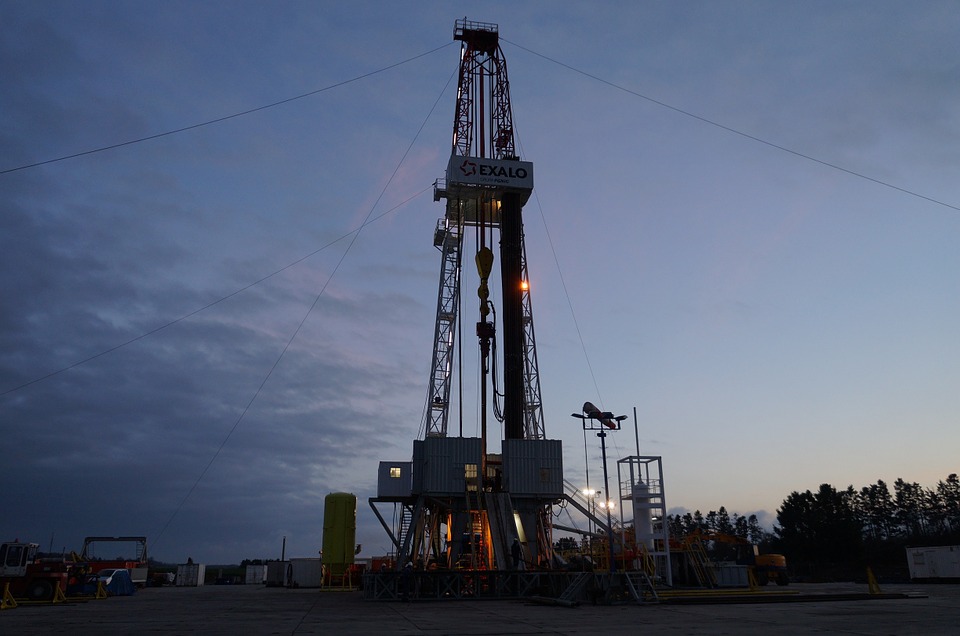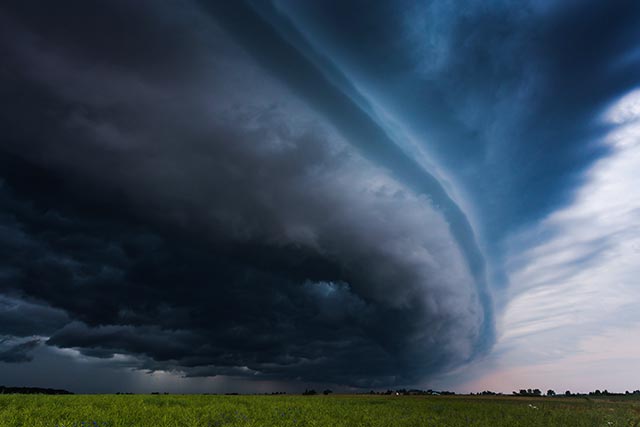
Price spikes threaten LNG's use for heating in the winter
European domestic LNG production from the North Sea and the Groningen gas field in the Netherlands also experienced sharp declines. The Groningen field was forced to restrict LNG production due to a series of minor earthquakes. A report by S&P Global said the full closure of the onshore Groningen gas field could take place as early as 2023. Dutch gas grid operator Gasunie Transport Services (GTS) said in a June 2021 statement: "GTS has indicated to the [Dutch economic affairs] minister that it is possible to have the final closure of the Groningen field take place as early as 2023." Under current plans, the majority of Groningen's LNG production will end in mid-2022. However, parts of the field will be kept open as a back-up gas source. The plan added that full closure for Groningen will likely happen between the middle of 2025 and the middle of 2028. GTS's statement opened the possibility that the field could be shut down permanently ahead of schedule. Nevertheless, analysts noted that northern European LNG production has declined by at least 10 percent since the first half of 2019. (Related: Stable energy for America: Natural gas supply in the eastern U.S is growing faster than demand.) Meanwhile, the U.S.'s natural gas output had also been lower than forecast before the pandemic. When American oil production dropped in 2020 alongside plunging prices, it also had an indirect effect on gas output. Natural gas was often produced as a by-product of crude oil. (Related: Carbon dioxide may be the key to unlocking vast natural gas resources, research says.) LNG prices in the U.S. rose to above US$4 per MMBTU, but they still remained far lower than in Europe. This was partly driven by insufficient LNG export capacity, which did not allow traders to effectively arbitrage the difference between the two regions. The tight global market for LNG has created anxiety over the coming winter. Demand for natural gas in Europe typically increased in winter as people heat homes and offices. Fuel switching by electricity generators – from natural gas to coal – has lowered demand in previous periods of high prices. Rising prices of thermal coal made this practice less viable, however. NewEnergyReport.com has more articles about LNG as an energy source. Sources include: FT.com SPGlobal.comChina to halt thousands of hydropower projects as older dams pose serious safety threats
By Mary Villareal // Share
Geoengineering and weather modification: The dangers of environmental modification techniques
By Mary Villareal // Share
Study: 1 out of every 5 California electric car owners switching back to gas
By Cassie B. // Share
Corporations now trying to charge people for choosing solar energy
By Divina Ramirez // Share
5 Things you can do to cope with regular power outages
By Divina Ramirez // Share
Burn fat while boosting your energy with extra-virgin coconut oil
By Skye Anderson // Share
Trump administration poised to downgrade federal marijuana restrictions
By willowt // Share
The decade-by-decade guide to slowing time: New science maps nonlinear aging
By willowt // Share











